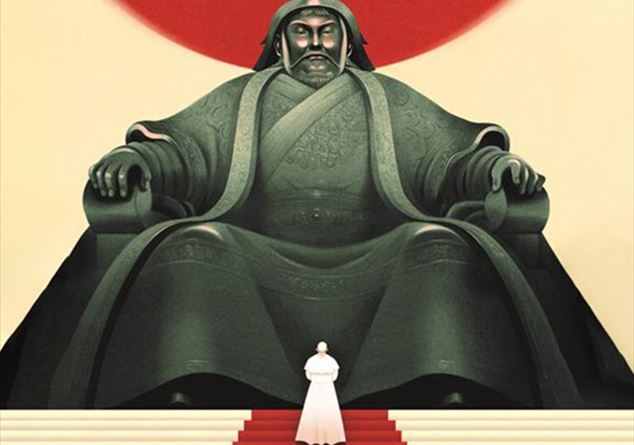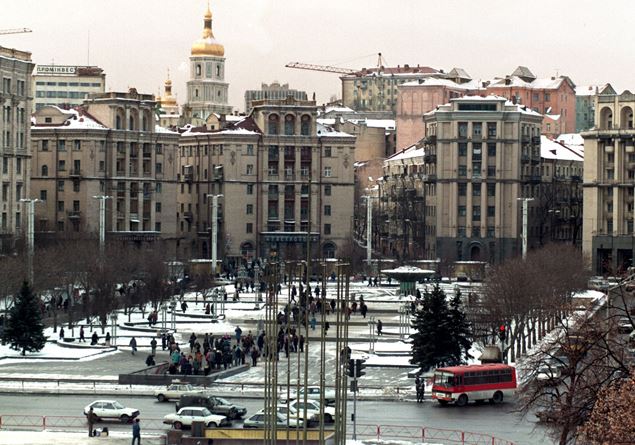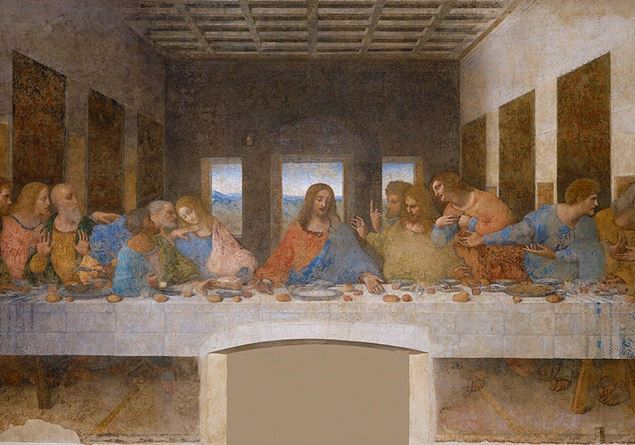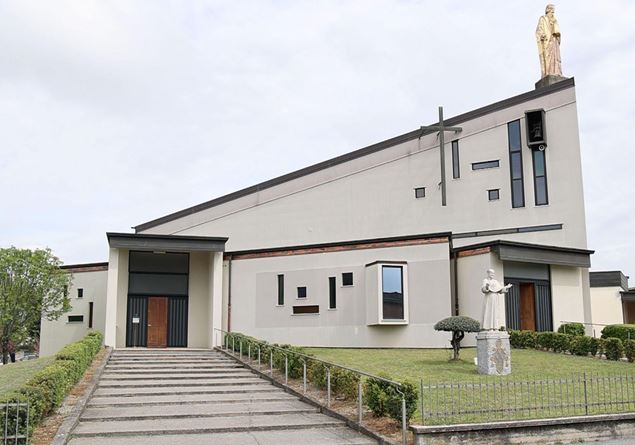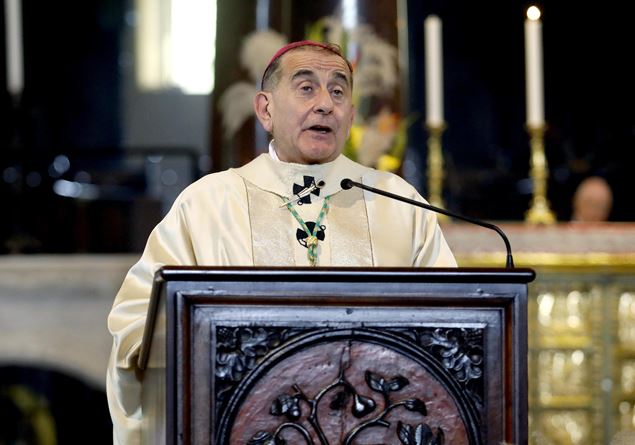Dear readers, with this number we have reached Easter and, together with the whole editorial staff, I wish to do each of you and each of you our most sincere wish for a Holy Easter of Resurrection.
This year is also one Easter detail: in addition to Jubilee in progress, which with its theme “Pilgrims of hope” It reminds us of the ultimate reason for hope, 2025 sees the date of Easter coincide for all Christians, Catholics, Protestants and Orthodox.
Faith in the resurrection of Jesus and in eternal life is a common heritage of all Christians, which is summarized in the “Symbol of the apostles”defined at the Council of Nicea 1,700 years ago and which will resonate this year on the same night for everyone. It is the heart of our faith, which, however – “crystallized” in a formula – is sometimes like a dusty object and unable to “move” our life.
In this they can help us two “icons”. One draws it from Easter gospels: Mary Maddalena looking for Jesus in the grave to cry him, but seek in the “Wrong direction”, looking at the place of death. He needs to “turn” (2 times: John 20,14.16), in order to meet the living. We too, dear friends, We are perhaps allies of the wrong part that smells of death… and we no longer perceive the voice of life.
A Word-key of the Easter Gospels is “Search/Search”: term that says movement, which is positive, but which contains also the possibility of making a mistake: “It’s not here!”
The Easter Gospels also tell us that It is not easy at all to welcome the announcement of the resurrection And what it entails (our resurrection, eternal life): no triumphalisms.
The other “icon” of research is a book just out of Javier Cercas, Spanish writer, atheist and anticlerical, author of the beautiful The crowd of God at the end of the world. Tells the history (true) of the author’s meeting with Pope Francis, from which he wants his answer to one question: Is there the resurrection? Is there eternal life?
It is very striking that the question is asking is an atheist. The mother, an iron believer, said he was sure to meet her husband, deceased, after death, in eternal life in fact. “I try a huge envy for my mother. But how do you not envy someone who is sure that this life is not the only one, and that when we die there will be something that is not like here, but much, much better than here? ». It is the ruling question that runs through a red thread the whole book (which, incidentally, is also A beautiful portrait of Pope Francis: How many things can see a “virgin” eye!).
I don’t want to reveal the ending, but the book contains a fresh look in front of “obvious” themes for a “habitual” believer. Precisely for this reason it can help us appreciate the “eternal things” in which we believe. Already at the time the apostle Paul had to remind her of his faithful in Corinth: “Then, brothers, the Gospel I announced to you and that you received … that Christ died … and that is risen …” (1 Corinthian 15,1-5). As they say in the East, exchanging Easter greetings: “Christ is risen!”. “He really risen!”




